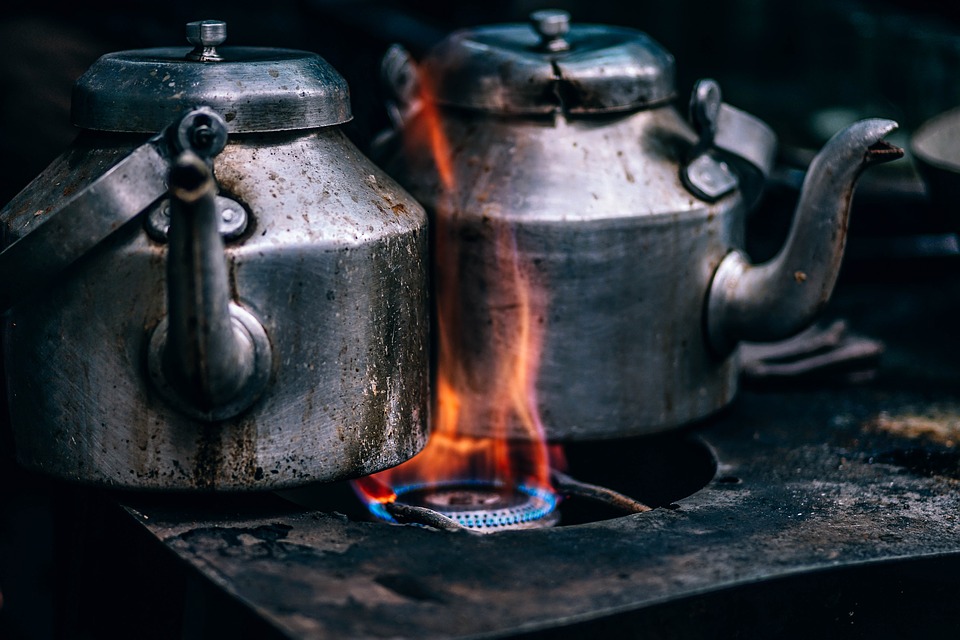When it comes to cooking do’s and don’ts, there’s a long and varied list of things that can (and usually will) go wrong – particularly if you’re a white belt in culinary kung fu.
Luckily, the trusty oven usually provides a fantastic “Get Out of Jail Free” card for anyone who has not quite graduated from the foundation level of student cooking standards.
That being said, oven cooking isn’t always as simple as throwing a few potato smilies in with a fistful of fish fingers; there are still plenty of problems that can arise from even the simplest of oven cooking.
To help prevent any catastrophic kitchen nightmares, we’ve collated a mini list of oven cooking do’s and don’ts to stop you getting hot under the collar and keep mealtimes casualty-free.

Cooking Do’s
It’s often said that a bad worker always blames their tools. While this may be true at times, it’s far from the rule. After all, sometimes the tools really are to blame!
When it comes to the kitchen, the tools at your disposal can make all the difference and an unreliable appliance can hold the fate of your meal in its molten, steely hands.
With that in mind, here’s a few preparatory pointers to help keep you cooking and set your nutritional voyage off in the right direction.
DO use timers and clocks
Keeping track of cooking times can be the difference between bon appetit and burnt offerings. Worse still, failure to set your alarm can be a real recipe for disaster when it comes to kitchen safety.
To keep your meal prep running like clockwork, make the most of your oven timer. This can be invaluable when you’re cooking a variety of dishes: whether you're frying a steak, boiling pasta of roasting a Christmas turkey.
DO keep your oven in working order
Figures published by Which? in 2018 showed that cookers and ovens were the cause of 11% of house fires, more than any other cooking appliance.
Meanwhile, GOV.uk maintains that cooking appliances account for a sobering 48% of all house fire ignition from April 2017 to March 2018.
Bottom line: keep your oven in working order. Failure to do so could not only land you in hot water but could quite literally see your home go up in smoke.
DO use oven mitts and handles
While it may seem logical to use a wet mitt or cloth to protect yourself when handling hot pans and trays, heat travels extremely fast through wet material, leaving your hand unprotected.
Always use a dry oven mitt (or, if absolutely necessary, a dry tea towel) to handle hot items. This should provide ample insulation to prevent your hand from the burning.
The same also applies for grilling. If you don’t already have one, avoid feeling the burn by taking additional precautions and investing in a pan handle for your grill.
Cooking Don’ts
Isaac Newton rightly once theorised that for every action, there is an equal and opposite reaction. In the kitchen, this is just as applicable and for every “DO”, there’s an equally important “DO NOT”.
So open wide and prepare for a freshly baked batch of sugary glazed “DO NOTS”, as we run down a five culinary faux pas that you’d be wise to avoid.
DON’T use ovens with damaged doors
The smallest crack could lead to big safety issues once temperatures rise and can even cause your oven glass to break completely.
Similarly, microwaves with damaged doors can be just as dangerous, if not more so. An unsealed microwave door can lead to radiation emission that has the potential to provide a nasty burn.
To play it safe, if your oven door is faulty, be sure to get it replaced or fixed before you turn up the heat and get cooking.
DON’T overload your oven
Overloading an oven can not only increase cooking time, it can also affect how your items cook, preventing heat from adequately circulating.
More importantly, it can also increase the risk of a hazard, especially if you’re trying to cram too many items on a single tray (we’ve all been there).
If your oven is beginning to look like a game of Tetris at mealtimes, it may be worth investing in additional oven trays and grill pans to avoid unnecessary stacking.
DON’T ignore a wobbly cooker
If you have a free-standing oven, a wobbly cooker can be a major annoyance at the best of times. Worse still, it can be extremely dangerous at the worst.
Wobbly ovens often mean an unstable stove. When you subsequently use that stove, it can become very dangerous very fast, particularly when you’re using the stove for boiling water, soups and sauces.
Spills and mishaps can occur with effortless ease when your cooker is unsteady. Avoid a rocky horror kitchen stove by securing your free-standing cooker with level cooker feet.
For more information on safe oven cooking and cooker maintenance, why not drop us a line today? Call now on 02920 452 510 or use the button below to get in touch online.
Get in Touch